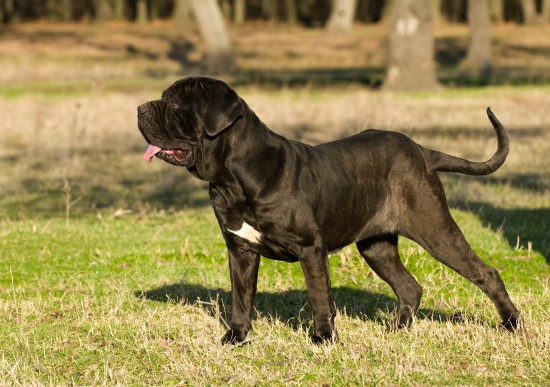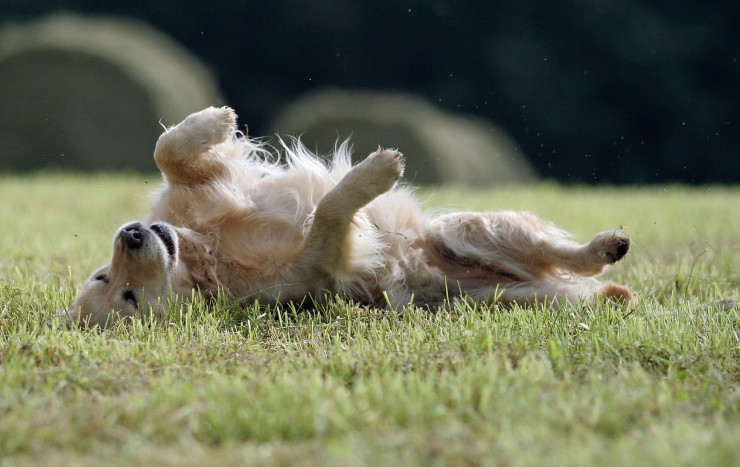The Asagi koi traces its history back over 200 years ago when Japanese farmers started taking notice of the wild black carp known as "Magoi" that formed part of their local diet. These Magoi exhibited three naturally occurring mutations, the Tetsu (Iron) Magoi Magoi, the Doro (Mud) Magoi and the Asagi (Pale-Greenish-Blue) Magoi. The successive breeding of these brocaded fish eventually led to the development of today's koi and what is now recognized as a "pure domestic art" in Japan, justifying why koi breeders also call themselves artists.
In general, Asagi is used to describe a koi with a blue-grey color above its lateral line extending to its cheeks. It is also accented by red markings on its underside. The distinguishing feature of Asagi koi, however, are the "reticulations" or netted patterns formed by their blue scales.
For the serious Koi breeder however, these specifications become even more precise and sometimes extremely subtle. For instance, Asagi koi's reticulations must line up in perfectly uninterrupted rows and come in a graduated shade. Reticulation is what makes or breaks an Asagi's worth. Some breeders say, the preferred criteria is for the blue to grow darker towards the outer edges making for a more contrasted, more impressive netting effect. Others say the shade must grow lighter towards the edges. Whatever the case may be, the characteristic red markings underneath the koi must serve a balanced aesthetic purpose. Asagi koi is expected to have red on its undersides and sometimes on its fins, lips and gill covers, but the red should serve as an accent that gives an overall symmetrical and balanced look to the fish.
A clean unblemished white head is a rare but prized character of the Asagi koi. Its head must be symmetrical and in proportion to its perfectly "torpedo-shaped" body. Likewise its mouth must be just the right size without being flat-shaped like a beak or too big.
With all this to think about, the Asagi koi is considered a very expensive even risky investment as all the criteria that makes for a magnificent Asagi do not exhibit themselves before the third year of its growth. Tategoi or (show koi in-training) are usually seen as white with hardly any blue to them at all. They gradually develop the different hues of blue as time passes. Green markings on a young Asagi however, are known never to go away. Therefore these particular fish are culled early on in the breeding process. The same goes for Tategoi that exhibit early red markings, for these marks tend to grow and dominate the fish's appearance where aesthetically, they should be as an afterthought.
A variation in their bluish color depends on an Asagi koi's bloodlines. These hues may range from pale-blue to a darker grey. Occasionally, Asagi have also been described as having a pale-yellow or cream tint.
There are around six sub-classes of Asagi koi in the market. The Konjo Asagi is the darkest one which may even come in black. The Shusui is a popular variety of Asagi which has large mirror scales and lateral lines on either side of the dorsal line. This was developed from cross-breeding the Asagi and Doitsu varieties of koi. The Narumi, named after the town which produces cloth in the pattern of this Asagi comes in a deep blue shade with lighter edges. The Mizu Asagi on the other hand, comes in the lightest shade of blue. The Asagi Sanke which is a cross-breed variety of the Asagi and Sanke type of koi is known for having a white lower abdomen. Finally, the Taki Asagi is that rare breed with a red abdomen that is streaked by white in the middle.
Given its history and beauty, the Asagi koi is a formidable choice for any koi keeper and is sure to be a prized specimen of enjoyment in one's pond.

 Cleaning The Facial Wrinkles Of Dogs
Cleaning The Faci
Cleaning The Facial Wrinkles Of Dogs
Cleaning The Faci
 Abnormal Behaviour In Dogs Caused By Medical Disorders
Abnormal Behaviou
Abnormal Behaviour In Dogs Caused By Medical Disorders
Abnormal Behaviou
 Top Grooming Tips For The Neapolitan Mastiff
Top Grooming Tips
Top Grooming Tips For The Neapolitan Mastiff
Top Grooming Tips
 Retired Racing Greyhounds As Pets
Retired Racing Gr
Retired Racing Greyhounds As Pets
Retired Racing Gr
 What Is A Flea Trap, And Are They Any Use?
What Is A Flea Tr
What Is A Flea Trap, And Are They Any Use?
What Is A Flea Tr